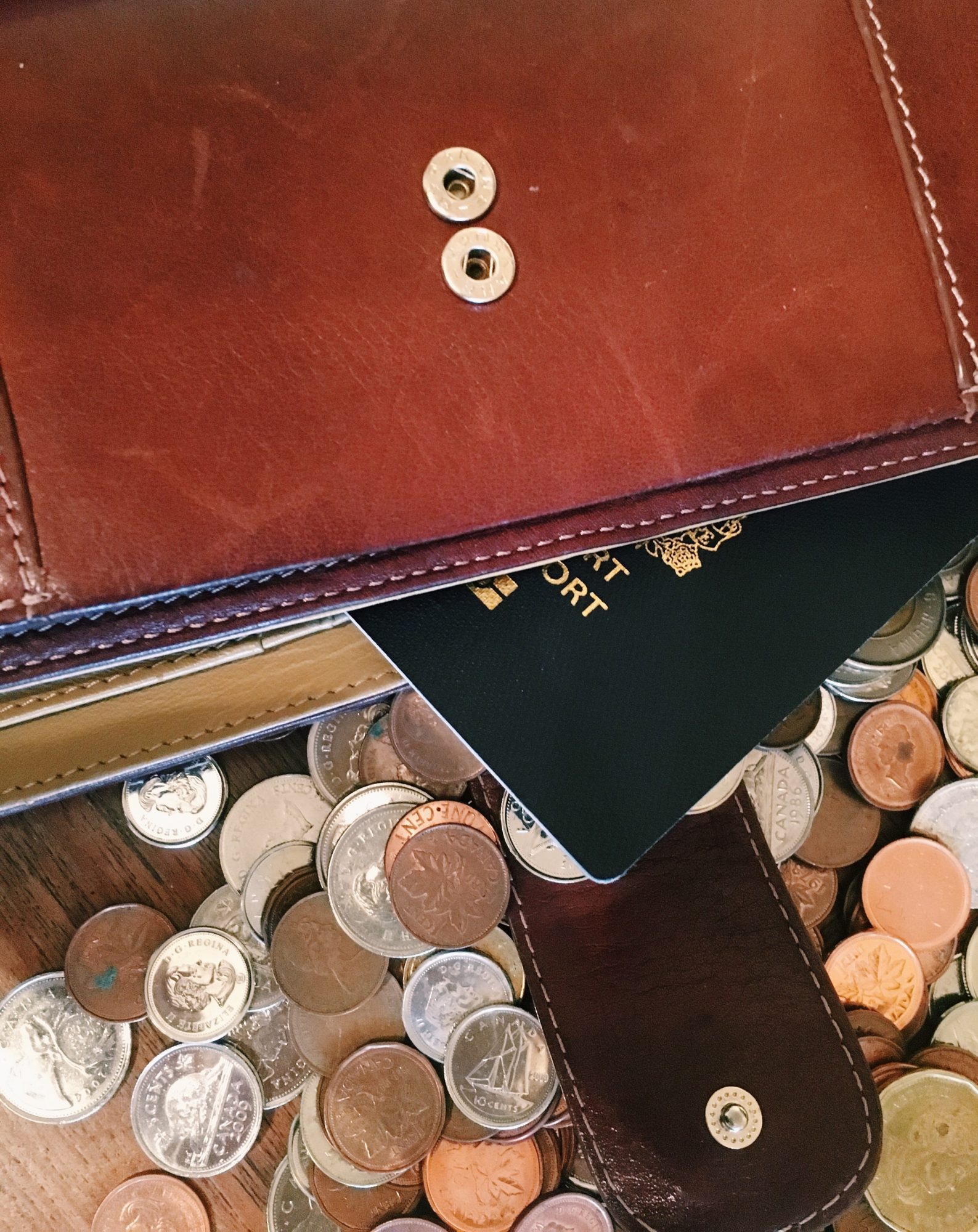
How Has Travel Been Affected by Economic Issues
The global travel industry boasts a huge economic presence, and one that represents approximately 5% of the world’s total GBP.
This represents just the tip of the iceberg for this sector, however, which also contributes between 6% and 7% of total employment across the globe, while ranking fourth worldwide (after fuels, chemicals and automotive products) in global exports.
There’s no doubt that the $1 trillion travel industry has endured a tough 2020, however, with the coronavirus forcing numerous countries to close their borders. But how else has travel been affected by the economy, and what does the future hold?
Then and a Now – Casting Our Eyes Over 2020 and 2021
Back in 1950 (at the dawn of the jet age), just 25 million people took foreign trips across the globe. By 2019, this number had increased to a whopping 1.5 billion, with travel and tourism having become almost too big to fail in various economies.
This is why the coronavirus pandemic dealt such a devastating blow to the world’s tourism sector, with the intermittent closure of international borders forcing airlines to face extinction and putting a staggering 100 million jobs at risk.
What’s more, many of these jobs were located in small and medium-sized enterprises, which employ a high percentage of women.
In fact, 54% of the tourism workforce comprises women, meaning that females have been disproportionately been affected by Covid’s impact on travel.
What are the Economic Factors That Impact on Travel and Tourism?
This trend has already continued into 2021, with coronavirus cases now surging once again in the UK (we’ll have a little more on this later).
What’s more, the travel sector is also having to contend with a number of universal factors that impact on growth and prosperity, including the political environment of their destination country and any conflicts that they may be engaged in.
Then there’s the economic climate, which is crucial for ongoing tourism activities to be sustained over time. This was borne out during the global pandemic, when countries sought to utilise quantitative easing measures as a method of managing the economic fallout.
For example, most countries slashed their base rate of interest, causing currency value fluctuations in the forex market and directly impacting the cost of travelling abroad.
Assets such as the GBP/EUR were particularly hard hit, meaning that visitors to the single bloc from the UK would have received less money than they would have previously.
These factors aside, the projected outlook for travel and tourism through 2021 is much improved on the previous year’s figures. However, experts predict that it will take considerably longer for the industry to return to its pre-pandemic peak, while the nature of the space will also change in the interim.
For example, while the number of international travellers will rise incrementally through 2021, a larger number of people will also invest in staycations as a way of getting their tourism fix.


